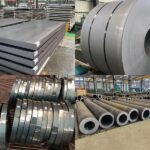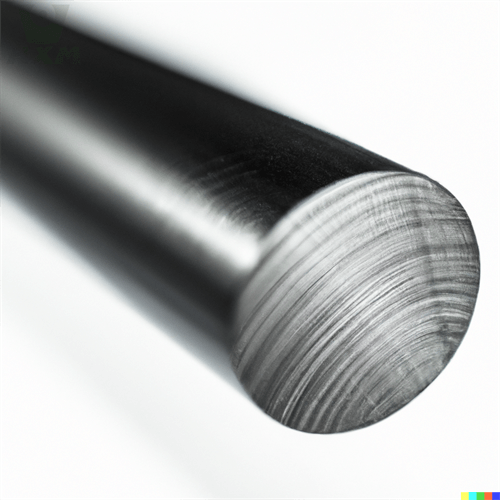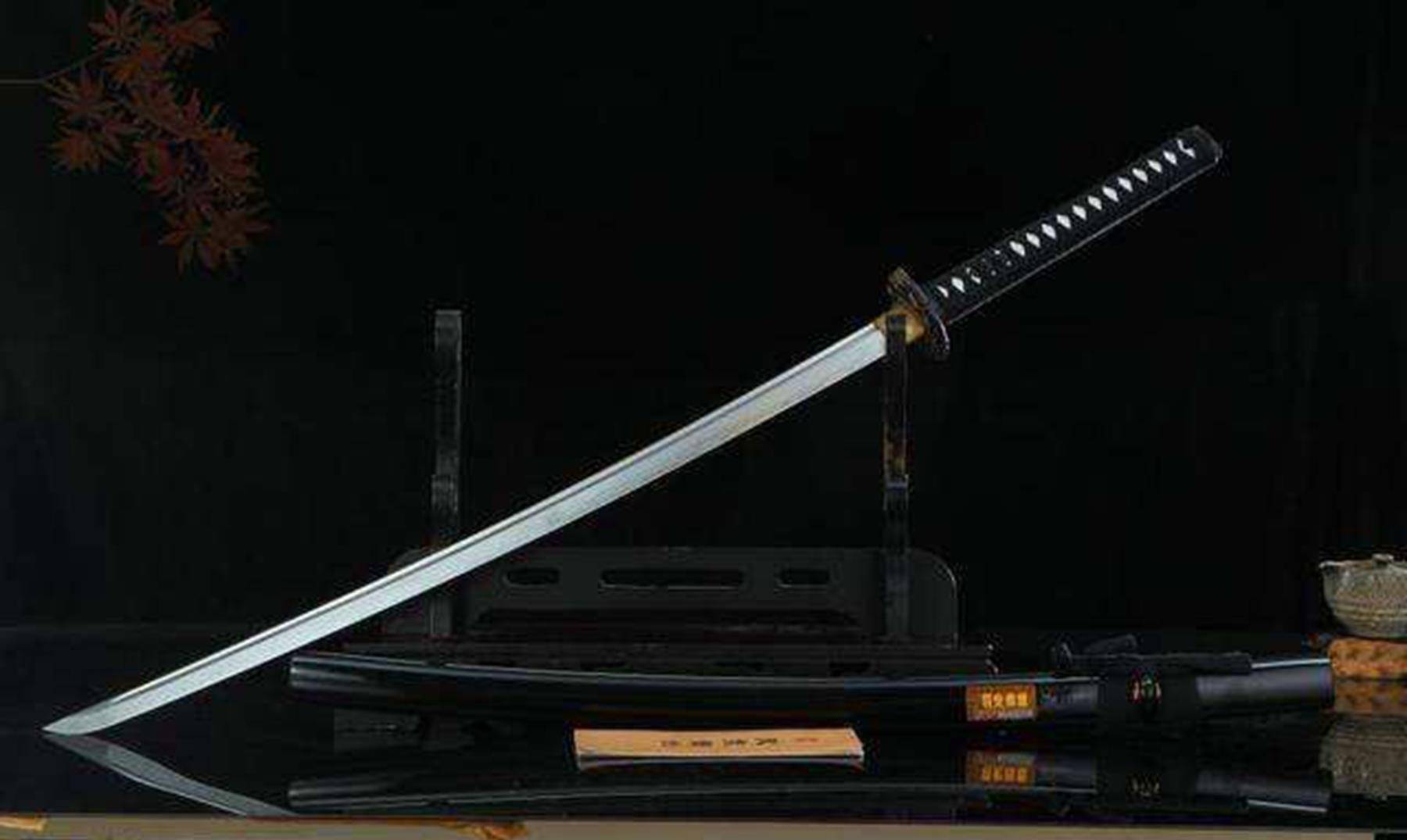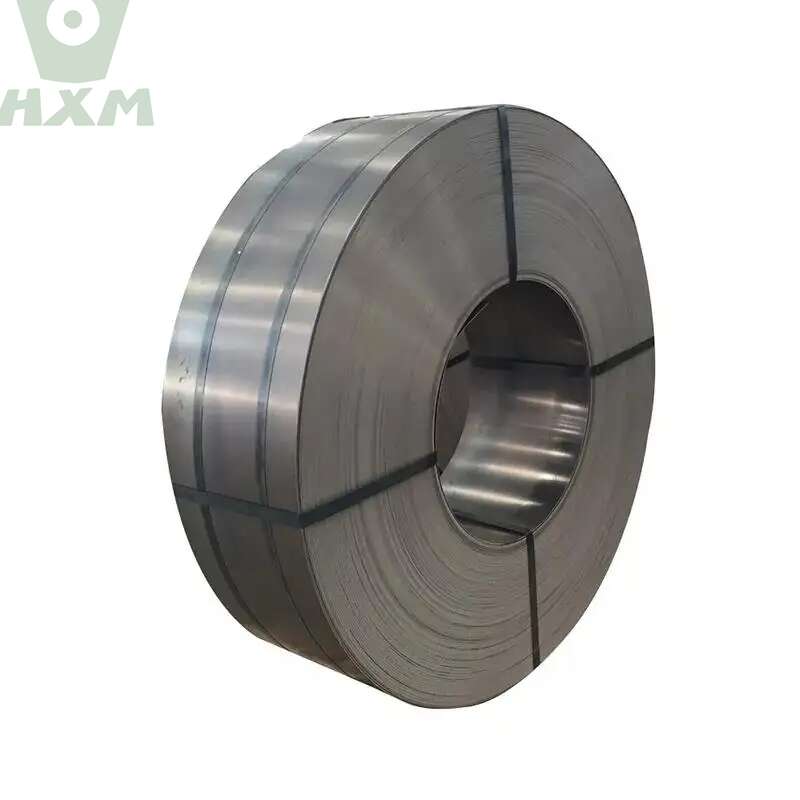Knowledge: Does carbon steel rust?
It’s a warm summer evening, and you’re enjoying a refreshing beverage on your patio. Suddenly, you hear a loud creaking noise and turn to see your beloved grill collapsing onto the ground. You rush over to inspect the damage and notice that the bottom of the grill is covered in rust. But wait, isn’t carbon steel supposed to be rust-resistant?
This common misconception leads many to wonder, does carbon steel actually rust?
The answer is yes, carbon steel can rust if exposed to moisture and oxygen over time. The iron in carbon steel reacts with the oxygen and water to form hydrated iron oxide, commonly known as rust. However, the rate of rusting can be slowed down by applying protective coatings, such as paint or zinc.
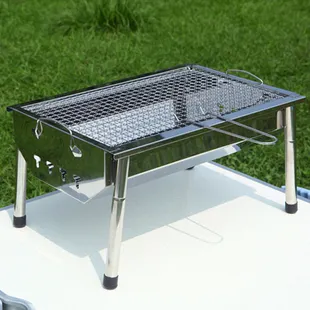
In this article, we’ll explore the truth behind carbon steel and rust, and provide you with the information from the following aspects:
Content
What factors contribute to the rusting of carbon steel?
Carbon steel rusts due to the oxidation process that occurs when iron in the steel reacts with oxygen and moisture in the air or water. The presence of salt, pollutants, and acidic substances can also accelerate the rusting process.
Additionally, scratches or abrasions on the surface of the steel can provide a point of entry for moisture and air, leading to more rapid rusting.
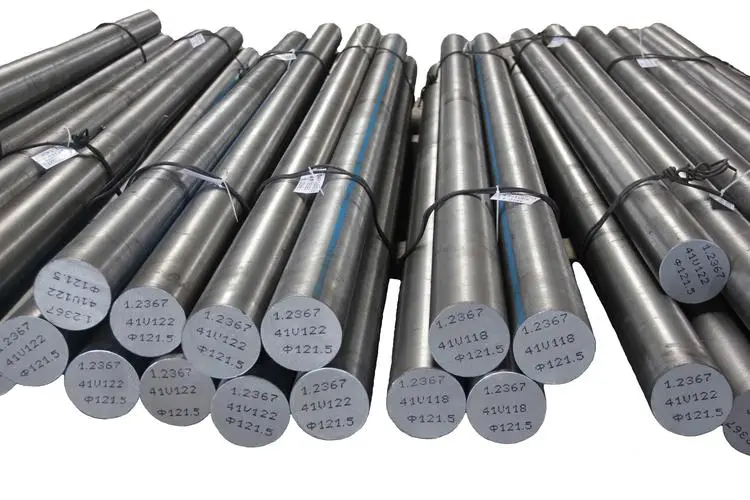
How can carbon steel be protected from rusting?
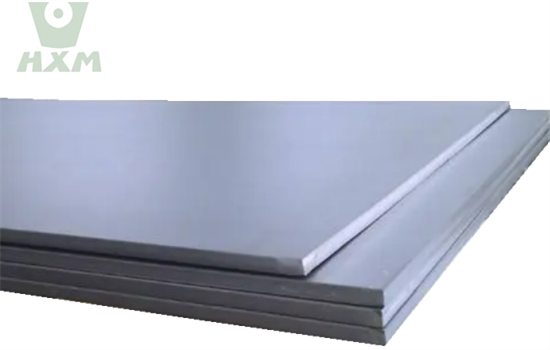
Nowadays, people have a lof of methods to make carbon steel rust-free by the following methods:
- First, one of the most common methods is to coat the carbon steel with a coat of oil or other corrosion-resistant material.
The principle is that the middle material of carbon steel products is the main cause of rust, and the coating helps to prevent moisture and oxygen from contacting the steel. - Another more popular method is to use a primer or top coat. This works also because it seals the steel from the elements, giving them a barrier against moisture.
- Plating, galvanizing, and powder coating also work. These methods also work because the steel is sealed to isolate moisture and oxygen. However, these methods are more complicated and require specialized machines to operate.
- Of course, it is also important to keep carbon steel dry and well maintained. Regular cleaning, drying and inspection can greatly prevent rust and prolong the service life of carbon steel products.
Is carbon steel more prone to rusting than other types of steel?
Yes, carbon steel is more prone to rust than other types of steel due to the higher carbon content in carbon steel. This also makes it less resistant to corrosion. However, corrosion resistance does not only depend on the content of carbon element, but also on the presence of its element and its environment.
For example, stainless steel is more resistant to corrosion than carbon steel due to its high content of chromium and other alloying elements. Other types of steel, such as galvanized steel, have a protective coating that helps prevent rust.
In general, carbon steel is more prone to rust in wet or wet environments and when exposed to salt water or other corrosive substances. However, with proper care and maintenance, carbon steel can still be used in a variety of applications that require its strength and durability.
It is worth noting that the type of steel used in a particular application should always be carefully considered based on the environmental conditions to which it will be exposed and the required properties such as strength, hardness and corrosion resistance.
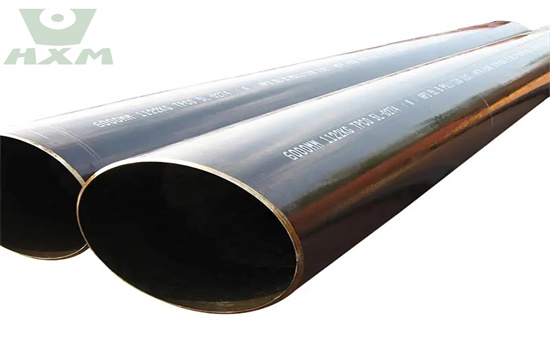
What is the impact of rust on the properties of carbon steel?
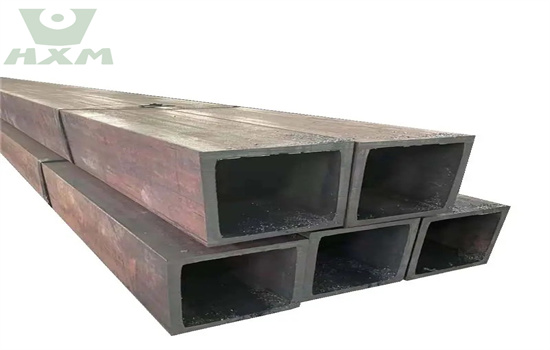
Ah, the dreaded rust – the bane of carbon steel! Rust, or iron oxide, forms when carbon steel is exposed to oxygen and moisture. But what’s the big deal? Well, rust can have a significant impact on the properties of carbon steel.
First, rust can weaken metallic materials. Rust forms iron oxide, which takes up more space than the iron it replaces, causing the metallic material to swell and become brittle. In addition, rust can cause pitting and cracking.
Second, rust can also cause unsightly stains and discolorations that affect the appearance of the steel. If you’re using carbon steel for decorative purposes, it won’t work as well.
But fear not! There are ways to protect carbon steel from rust, such as applying coatings like paint or oil, or using galvanized steel which is coated in zinc. And if rust does occur, there are methods for removing it, such as sandblasting or using rust removers.
So, in short, rust can have a significant impact on the properties of carbon steel, weakening it and making it more prone to failure. But with proper protection and maintenance, you can keep your carbon steel looking and performing its best.
Can rusted carbon steel still be used in manufacturing or construction?
Sure thing! Rust on carbon steel can be a real pain in the neck, but it doesn’t necessarily mean the end of the line for the material. Depending on the extent of the rust, it may still be possible to use rusted carbon steel in manufacturing or construction.
However, it’s important to note that the rust may have compromised the structural integrity and overall strength of the steel. Therefore, it’s essential to thoroughly inspect the rusted steel to determine whether it’s safe to use.
In some cases, it may be possible to simply remove the rust and restore the steel’s integrity. However, in more severe cases, the rusted sections may need to be cut out and replaced with new steel. This process can be time-consuming and expensive, so it’s best to take steps to prevent rust from forming in the first place.
Overall, while rusted carbon steel may still be salvageable, it’s important to exercise caution and make sure that the steel is still safe to use before incorporating it into any manufacturing or construction project.
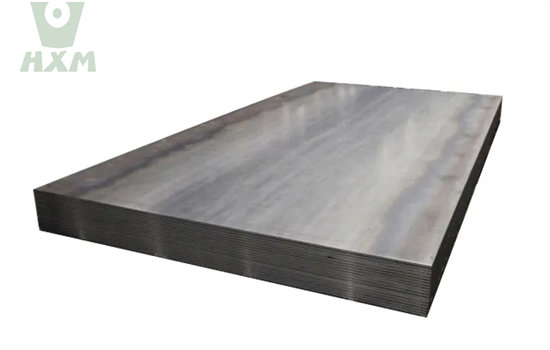
Can carbon steel rust if it is exposed to water but not air?
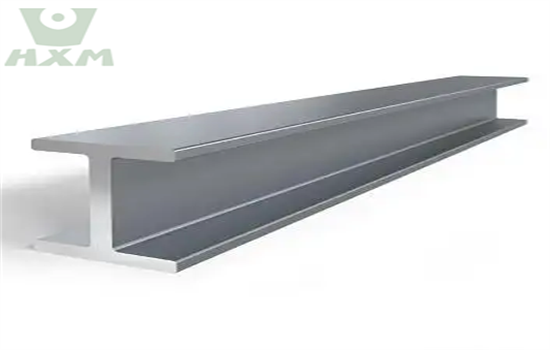
Ah, that’s an interesting question! You might think that if carbon steel is only exposed to water and not air, it wouldn’t rust, but unfortunately that’s not the case. You see, water actually contains dissolved oxygen, which can still cause oxidation and rusting of the steel.
In fact, some sources suggest that carbon steel can actually rust faster when submerged in water compared to being exposed to both air and water. This is because the oxygen concentration in water can be higher than in air.
Of course, the rate of rusting will still depend on other factors such as the quality of the steel and the temperature and pH level of the water. But in general, carbon steel is still prone to rusting even if it is only exposed to water and not air.
So if you’re planning to use carbon steel in an environment where it will be submerged in water, it’s important to take steps to prevent rusting, such as coating the steel with a protective layer or using a corrosion-resistant alloy.
Overall, while carbon steel is a strong and versatile material, it’s important to be aware of its tendency to rust and take appropriate measures to protect it in various environments.
How does the rusting of carbon steel impact its lifespan?
Rust is one of the primary factors that can decrease the lifespan of carbon steel. When carbon steel rusts, it weakens the material and makes it more susceptible to corrosion, which can eventually lead to structural failure.
The rate at which rust forms on carbon steel depends on several factors such as the environment and the quality of the steel. If the steel is exposed to a highly corrosive environment or harsh chemicals, rust can form much faster, thus shortening the lifespan of the steel.
It’s important to note that rust doesn’t just affect the aesthetics of the steel, but also its performance. Rust can cause pitting, which is the formation of small cavities in the steel’s surface that can weaken it. Additionally, rust can increase the friction between moving parts, leading to premature wear and tear.
To ensure the longevity of carbon steel, it’s crucial to take preventative measures to protect it from rust.
This can include using protective coatings, such as paints or galvanizing, or choosing a different type of steel that is more resistant to rust. Proper maintenance, such as regular inspections and cleaning, can also help to prevent rust and extend the lifespan of the steel.
In summary, the rusting of carbon steel can have a significant impact on its lifespan. Rust weakens the steel and can lead to corrosion, pitting, and increased friction, all of which can contribute to premature failure. To ensure the longevity of carbon steel, it’s essential to take preventative measures such as protective coatings and regular maintenance.
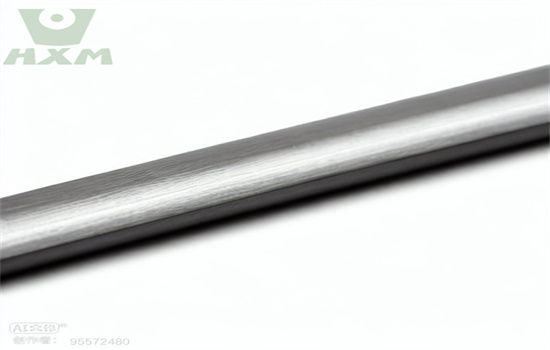
What are some practical applications of carbon steel
and how does rust impact them?
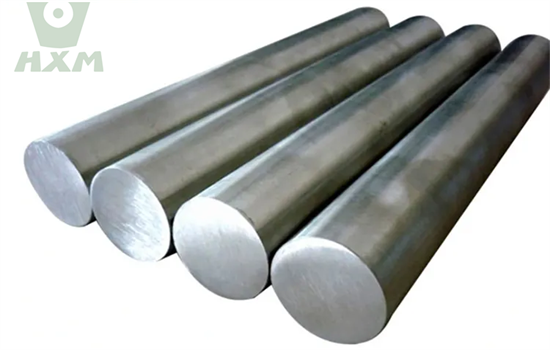
Carbon steel is a versatile and commonly used material in various industries, from construction to manufacturing. It is known for its durability and strength, but when exposed to moisture and oxygen, it can rust and deteriorate over time.
In the construction industry, carbon steel is used for building bridges, high-rise buildings, and other structures. Rust can weaken the structural integrity of these buildings, potentially leading to catastrophic failures. Therefore, regular inspections and maintenance are necessary to prevent rust from compromising the strength of these structures.
In the manufacturing industry, carbon steel is used to create a wide range of products such as pipes, tools, and machinery parts. Rust can negatively impact the performance and quality of these products, leading to failures and decreased efficiency. In addition, rusted carbon steel can contaminate products, leading to product recalls and damage to brand reputation.
In the automotive industry, carbon steel is used to manufacture parts such as car bodies and chassis. Rust can compromise the structural integrity of these parts, leading to safety hazards for drivers and passengers.
In the food and beverage industry, carbon steel is used to make equipment such as tanks and pipelines. Rust can contaminate the products, leading to health risks for consumers and regulatory violations for manufacturers.
In summary, the impact of rust on carbon steel depends on its practical application. Rust can compromise the strength and durability of structures, reduce the performance and efficiency of products, and contaminate products in certain industries. Therefore, it is crucial to take preventive measures to protect carbon steel from rust and ensure its longevity and performance.
Conclusion
In this article, we explored the topic of carbon steel and rusting. We discussed the factors that contribute to rusting, how to protect carbon steel from rust, whether carbon steel is more prone to rust than other types of steel, the impact of rust on carbon steel’s properties, whether rusted carbon steel can still be used in manufacturing and construction, common methods for removing rust, the effect of the environment on rusting, whether carbon steel can rust if exposed to water but not air, the impact of rust on carbon steel’s lifespan, and practical applications of carbon steel and how rust can affect them.
Request A Free Quote
We’d like to work with you
If you require further information about our metal sheet products or architectural projects, please don’t hesitate to leave your contact details and message here.
Our team of experts will respond within 24 hours to continue the discussion and provide you with any additional information you requires.


